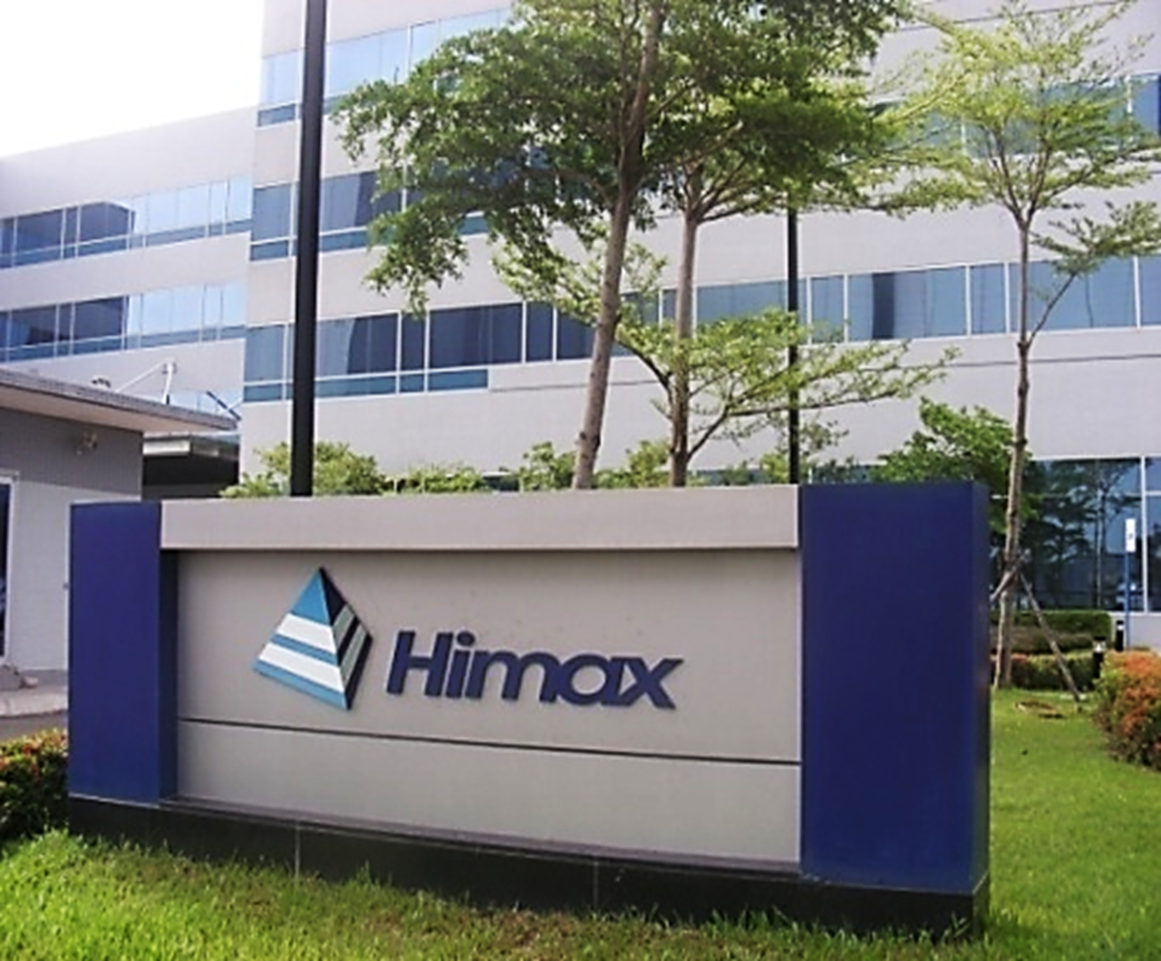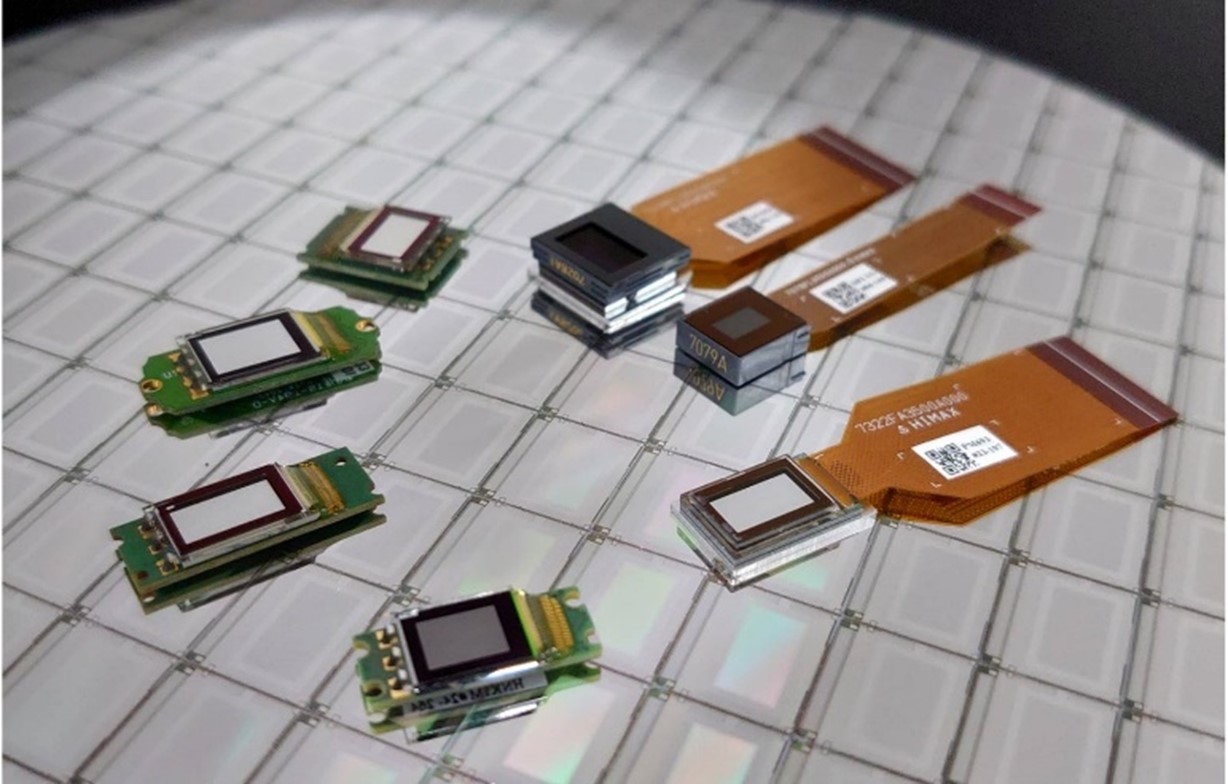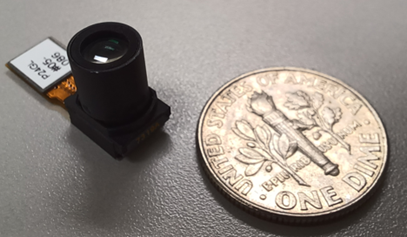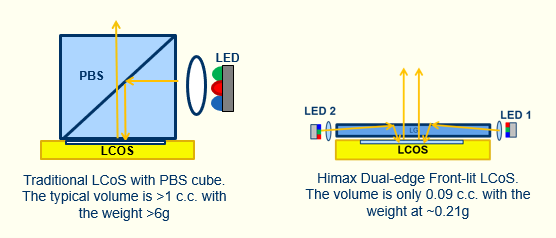Himax Display, Inc., a subsidiary of Himax Technologies, Inc. (Nasdaq: HIMX), a leading supplier and fabless manufacturer of display drivers and other semiconductor products, has specialized in the research, development, design, and manufacturing of Liquid Crystal on Silicon (LCoS) technology for more than 20 years. With over 4 million units shipped cumulatively, Himax Display’s products have been broadly adopted across multiple applications, including consumer electronics, industrial augmented reality (AR), gaming, telescopes, educational display systems, and automotive display systems, by numerous leading global brands. As part of its market market research on near-eye displays, TrendForce analysts visited Himax Display’s Engineering and Operations Center and interviewed Senior Director Simon K.H. Fan-Chiang to discuss the latest advancements in the company’s patented and proprietary Front-lit LCoS microdisplays.

Himax’s Headquarter in Taiwan, Tainan
Senior Director Fan-Chiang highlighted Himax Display’s unique LCoS technology, which marries semiconductor manufacturing processes with liquid crystal manufacturing, and incorporates color filters, color sequential techniques, and Front-lit modules, making it ideally suited for augmented reality near-eye displays. Furthermore, Himax is actively developing a phase-only liquid crystal on silicon-spatial light modulator (LCoS-SLM). This dynamic diffractive optical element (DOE) has wide-ranging applications in optical communications and augmented reality head-up displays (AR HUD), underscoring Himax Display’s technical depth and diversified portfolio. Collectively, these innovations form the core strengths of Himax Display’s LCoS technology.

Himax Display develops a variety of LCoS microdisplays
As a reflective display technology, LCoS typically requires a polarizing beam splitter (PBS), which results in a volume exceeding 1 cubic centimeter (c.c.) and a weigh of more than 6 grams. Himax Display has revolutionized this with its self-developed light guide structure and proprietary nanoimprinting technology, successfully miniaturizing the PBS to create a more compact self-emissive LCoS display module. Himax has been refining this crucial technology for over a decade, holding numerous core patents and demonstrating mature mass production capabilities.
Himax Display made a groundbreaking debut at Display Week 2025 with its industry-leading 0.17-inch dual-edge illumination Front-lit LCoS display module. This innovation marks a major breakthrough in product miniaturization, with the display module achieving a volume of only 0.09 c.c. and a weight of just 0.21 grams (excluding the lens). When combined with the collimator, the total volume of the optical engine remains a compact 0.33 c.c.. Prof. Shin Tson Wu, a globally renowned authority in display technology and optoelectronics from Academia Sinica, enthusiastically endorsed the Front-lit LCoS display module during an interview with Fox News. The LCoS module features a resolution of 720×720 pixels and a peak brightness of 350,000 nits while delivering a luminous flux of 1 lumen at an ultralow total power consumption of only 250 mW.

Himax Display has developed a 0.33 c.c. Front-lit LCoS
Himax Display’s latest dual-edge illumination Front-lit LCoS module, developed over years of rearch and rigorous testing, is widelyregarded as “one of the most promising microdisplay solutions.” It successfully combines ultra-small size, high brightness, low power consumption, wide color gamut, color stability, and mass production feasibility, making it a highly competitive light source solution for transparent near-eye display applications. Since its debut at Display Week 2025, the module has garnered significant attention from major global customers, many of whom are currently testing the sample products provided by the Himax Display. At present, no other commercially available products can match this achievement, given the difficulty of balancing miniaturization, brightness, power efficiency, image quality, and a seamless wearable experience. Striking this balance is critical to delivering consumers with a truly immersive, clear, and interference-free microdisplay visual experience.
Additionally, to further enhance optical performance, Himax Display has incorporated a dual-edge Mini LED front-illumination design. This design narrows the full width at half maximum (FWHM) emission angle to ±10°, significantly improving panel color uniformity and light efficiency while supporting a wide color gamut of over 140% sRGB. At a 60 Hz refresh rate, the color field rate achieves an impressive 360 Hz after frequency conversion, ensuring smoother and more continuous images and effectively overcoming the common issue of color breakup in time-sequential display technology.

Himax Display announced its next phase of technological development, featuring two types of advanced Front-Lit LCoS solutions designed to meet the diverse needs of major brands. The first solution reduces the pixel size of the existing 0.17-inch panel from 4.25 μm to 3 μm, increasing the resolution to 1024×1024. The second solution focuses on a 0.1-inch panel with a resolution of 600×600, which significantly reduce the optical engine volume to 0.16 c.c.
Lastly, Senior Director Fan-Chiang highlighted the emerging trend of combining Front-lit LCoS with advanced dimming technologies to deliver high dynamic range (HDR) and wide color gamut displays. Himax Display is currently upgrading from Mini LED global dimming to Micro LED local dimming. Leveraging a dual-edge illumination light guide design to drive an RGB Micro LED array, Himax Displays plans to divide the panel into 64 independently dimmable zones. This approach will not only enhance display performance but also further reduce power consumption, ensuring a superior visual experience.
Author: Joanne Wu at TrendForce
TrendForce 2025 Near-Eye Display Market Trend and Technology Analysis
Publication Date : 8/29, 2025
Language : Traditional Chinese / English
Format : PDF
Page Number: 168
|
If you would like to know more details , please contact:
|















